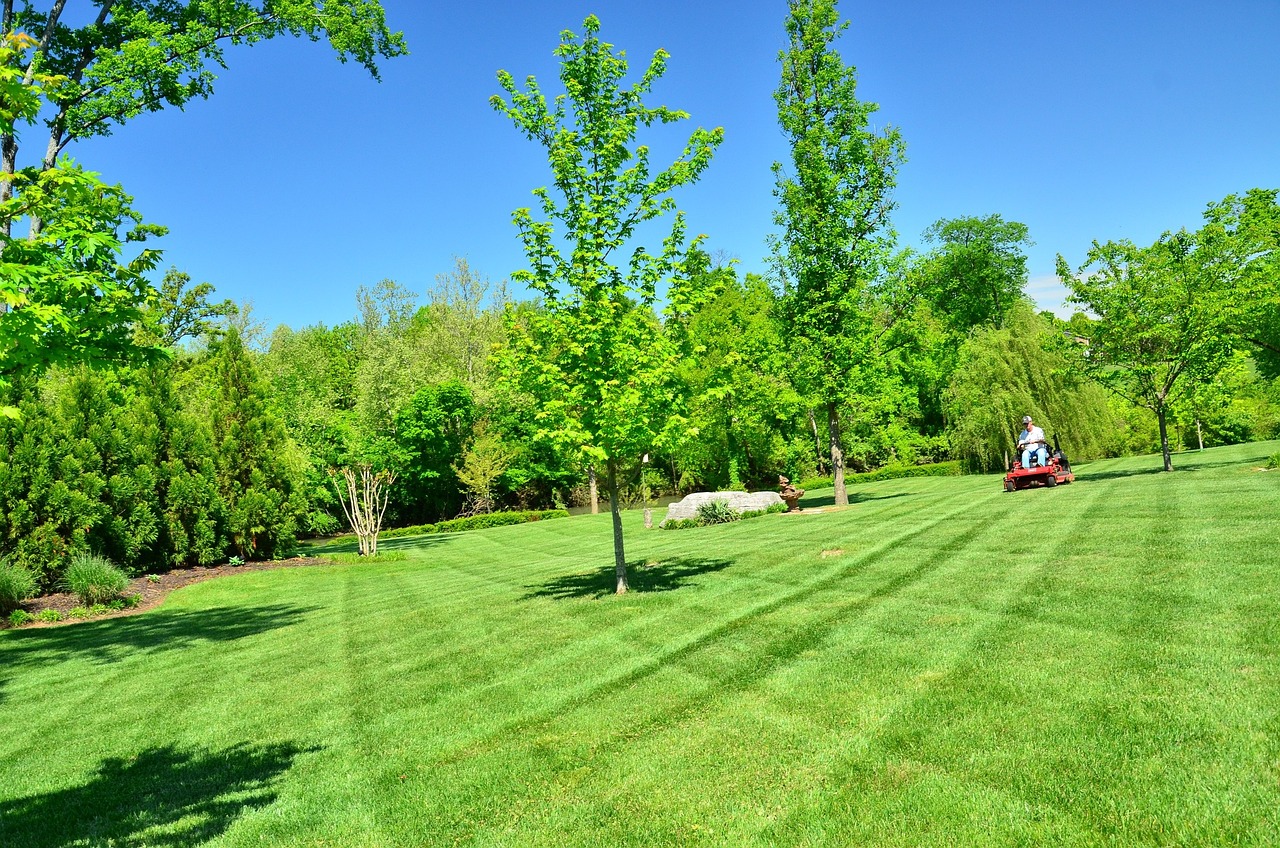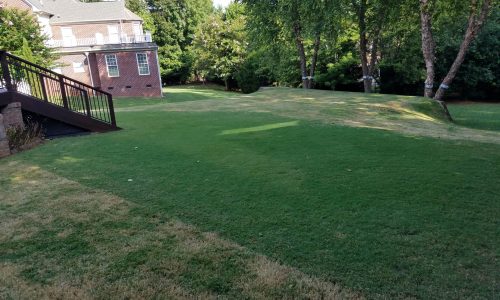Maintaining a healthy and attractive lawn requires regular care and attention. In this comprehensive guide, we will delve into two crucial aspects of lawn maintenance: lawn scalping and lawn edging. By understanding and implementing these methods correctly, you can ensure that your lawn remains vibrant, lush, and well-maintained.
Lawn scalping is a technique that involves cutting the grass extremely short during the early spring season. This process helps to remove dead grass, thatch, and debris that may have accumulated over the winter months. By scalping the lawn, you create a clean slate for new growth and allow sunlight to reach the soil, promoting healthy grass development.
Lawn scalping is when you cut your lawn extremely short, shorter than normal, as a way to take care of it. This process effectively removes a significant portion of the grass blades, resulting in a closely cropped lawn appearance.
One of the primary benefits of lawn scalping is its ability to address thatch buildup. Thatch refers to the layer of dead grass, roots, and other organic matter that accumulates between the soil and the living grass blades. Over time, this layer can become thick and compacted, hindering the healthy growth of the grass. Scalping the lawn removes thatch, improving air and water flow into the soil.
Additionally, lawn scalping helps to promote the penetration of sunlight, air, and nutrients into the soil. Short grass allows more sunlight for photosynthesis and grass health.
Good air flow is important for a healthy lawn. It stops fungal diseases and helps plants grow by allowing gases to move around. Taking out extra grass helps nutrients from fertilizers or organic matter get to the soil, nourishing the grass roots.

Lawn scalping is a beneficial practice that plays a crucial role in maintaining a healthy and vibrant lawn. By scalping the lawn, you are essentially cutting the grass extremely short, usually to a height of around 1 inch or less. This process stimulates new growth and encourages the grass to become denser, resulting in a lush and full lawn.
One of the main advantages of lawn scalping is its ability to reduce weed infestation. Short grass lets more sunlight reach soil, making it hard for weeds to grow. Additionally, scalping removes the upper layer of the lawn, which may contain weed seeds or dormant weed plants. By removing this layer, you effectively reduce the number of weeds in your lawn.
Another benefit of lawn scalping is its role in removing dead grass and debris. Over time, debris on the lawn can build up, blocking air and nutrients from reaching the grass. Scalping helps to remove this layer, allowing the lawn to breathe and receive the necessary nutrients for healthy growth. Removing debris stops thatch, which is dead grass that can harm the lawn if it gets too thick.
The best time to scalp your lawn is in early spring when the grass starts coming out of dormancy. Scalping when the soil is not too wet or too dry is important to avoid causing damage to the grass.
To scalp your lawn, lower your mower blades to the lowest height. This involves reducing the blade’s cutting height to the lowest level. By doing this, you can trim the grass to an extremely short length, typically around 1 inch.
You should note that you should scalp your lawn with caution and only when necessary. Many people often use this method to remove excessive thatch or rejuvenate an overgrown or uneven lawn. It can effectively address both issues. We do not recommend regular lawn maintenance.
When scalping your lawn, it is crucial to collect and remove the clippings. This is because the short grass clippings can easily smother the grass and hinder its growth. Leaving clippings on the lawn can block sunlight, water, and nutrients from reaching the soil and grass roots. This can lead to weak and unhealthy grass.


